Before we begin I want to offer some insights regarding how and why I break the season down into these moon periods. I look at each period as 15 days which is, roughly, half of a month—it’s the seven days before, the day of the new or full moon and the seven days following. The moons have great influence on the ocean and the fish. The moons drive the tide timings and the strength of the current, they also drive the measurable height of the tide. For nighttime fishing the moon phases dictate how dark the night will be if there is no cloud cover. My own observations over 20-plus years fishing for striped bass from the surf, tell me that there is no denying the fact that these periods of stronger currents are usually the times when bodies of fish make a move, into or out of a bay, from one region to another or even just a few miles down the beach. These 15-day cycles are a manageable chunk of time that I feel we can offer enough insights to help you find the fish you’re looking for.
Striped Bass (Open all year, 1 fish between 28 and less than 31 inches per angler, per day)
First and foremost, the new slot limit is now officially law in every New England state, so anglers must release all striped bass that fall outside of the 28- to less than 31-inch slot. These new regulations became law ahead of Memorial Day weekend and will remain in effect until at least October 28th and we’ll see what the ASMFC decides at their fall meeting, they could extend the emergency measure for one or even two more years.

In many ways the new moon delivered and in many others it sort of fell flat. It is a fact that we are seeing great numbers of large stripers this year. We’ve come to expect this in Narragansett and Mt. Hope Bays, but the intensity of the large striper bite has been a little less voracious. If I was pressed to pontificate upon why this might be, I would want to blame it on the weather. With the exception of one weekend, we’ve had stable, sunny weather with no major changes to shuffle the deck. That one Saturday when it was super snotty out there, the bite responded in a big way, and many large stripers were caught and released. Another component of the bay fishery this year is a more robust and widespread population of smaller bass, fish in the 25- to 34-inch class which have been all over the shorelines and up inside many of the rivers as well. There’s been no shortage of bunker, and it seems the fish are just feeding when they want to.
The two methods that are hooking the most stripers in the Bay are fishing live bunker on an 7/0 or 9/0 circle hook and jigging flutter spoons both Nicholsand Magnum Because the bite has been more spread out and less reliable, some of the best results have come through slow-trolling live bunker. For the spoons, there are two methods commonly being employed. The first involves finding a school of bunker and maybe marking a few big fish around it and then dropping the spoons to the bottom and jigging them repeatedly to mimic a dying baitfish falling out of the school—make sure to lift the rod as high as you can and then allow the spoon to ‘flutter’ back to the bottom before repeating; the hits come on the fall. The other is to drift through an area that’s known to have concentrations of bunker and bass, employing the same lift-drop technique over a longer stretch of bottom. And yes, there has been some topwater action as well, both sizes of everyone’s favorite lure The Doc are drawing strikes, but with a larger class of medium stripers around, it’s wise to carry a downsize possibility like the Hogy Dog Walker or a Yo-Zuri Top Knock Pencil in case you come into a big push of these medium bass.
At the same time, we are seeing wave after wave of various sizes of striped bass moving along the oceanfront. Some of these fish are staging to enter the bay, others will continue east, but many reefs and prominent points have held action, sometimes for many days (or nights) in a row. When the sea is kicked up you can pull them off the reefs with The Doc, Brenton Reef has seen many good days like this. Soft plastics are doing damage as well, the NLBN Paddletails in the 5- and 8-inch sizes have been scoring well from boats and the surf. Some kayakers have reported some good catches on the Tube and Worm over the last week, so that bite is beginning now as well; the Berkley Gulp Sandworm is a effective replacement for the real thing. The bait out front is varied in size and some anglers have been scoring using slow pitch methods, some popular jigs have been the Daiwa Zakana and the Exo Jig. There has been some excellent striper action at Block Island too, most of the fish are between 30 and 40 inches so far.
Surfcasters have reported some very good fishing around the island and across to Narragansett. Needlefish have been very effective anglers are throwing the Super Strike Needle when the surf is rough and are using more buoyant versions, like the Gibbs Needlefish, when conditions are calm or the water is shallow. Darters, like those made by Super Strike and NorthBar are getting the call in the breachways or where there is a strong sweep. The larger Mag Darter has also accounted for some nice stripers up to 35 pounds from the local surf as well. We’re see more and more anglers leaning toward the Hydro Minnow these days, because it features excellent hooks and rings and has proven itself to be tough and effective. These lures are catching fish in a variety of situations from breachway currents to the boulder fields.
Predictions: Look for the bulk of the striped bass to begin to transition ‘out front’ to the ocean soon, but don’t give up on the bay just yet, the water temps are hovering between 63 and 65 degrees, which is well within the acceptable range for stripers. Wait for a snotty day and make it happen. Surf guys should concentrate hard on the ocean-facing shorelines. Boaters will find good results on the local reefs, those itching for that wild bite at Block Island, should probably hold their fire until the next moon.

Bluefish (Open all year, 3 fish per angler, per day, no minimum size)
A lot has changed on the bluefish front since our last report. There are numbers of large blues in the Bay now, shadowing the bunker schools and also invading the rivers like the Taunton, Lees, Coles and Kikamuit. Many of these fish are in the 10- to 15-pound class, but there are some smaller 2- to 5-pounders in the rivers as well. At the same time a good push has pulled up off of Block with fish from 8 to 14 pounds reported there, taking diamond jigs. The calling card of the bluefish is hitting almost anything that moves so we recommend keeping things on the inexpensive side with baits like Cotton Cordell Pencil Poppers, Hopkins Lures,and the 5.5-inch Charter Grade Popper from Hogy. And if you’re really smart, you’ll swap out any treble hooks for a single Zo-Wire Inlines. The shop is also well stocked with Steel Leaders and affordable pliers like the Admiral model from Danco. There’s no telling how long this will last, so if blues are your thing, your time is now.
Predictions: It seems like we might have an above average year for blues so let’s hope that trend continues. I’m, pretty confident that the blues in the bay will stick around until our next report and the same can probably be said for those out at Block. One thing to keep in mind is that Block has historically produced some absolutely gargantuan blues around this time, so if you want to hunt a true gator, head for the island.

The fluke bite has been flat-lining since our last forecast. The guys that are getting on the fish locally are either fishing inside the Bay (the area around the Mount Hope Bridge can be very good), or they’re motoring around looking for squid clouds on the screen and fishing below the bait. The latter method is a common routine off of Misquamicut and surrounding areas. The best fluking is happening out at Block Island, but most reports indicate that, even out there, the action is not guaranteed. The Spro Prime Bucktail is the local favorite for fluke, but the Berkley Fusion Bucktails are also gaining popularity. When they’re in stock, the Poison Tail Jigs from Backwater Customs make a great teaser and are also great for fishing from shore. And don’t forget to stock up on your favorite colors of the Gulp Grubs and Mullets—some of the most popular colors include, chartreuse, new penny, salmon and electric chicken.
Predictions: Any hardcore fluker will tell you that it’s been a grind over the past several seasons and I don’t see any relief in sight for that fact. As the fish move in and settle, it will become a little more predictable, but their overall numbers seem to be down and that will again contribute to tougher fishing and limits will continue to be tougher to come by.

Black Sea Bass (Open May 22 to August 26, 2 fish per angler, per day and August 27 to December 31, 3 fish per angler, per day with a minimum size of 16.5 inches)
It’s amazing how popular sea bass have become over the past five, or so, seasons. With the introduction of slow pitch fishing and a wide array of jigs and plastics that these colorful bottom feeders will eat, they’ve become a favorite target of many. Right now the local bite has not really matured. The best fishing is being found east of Block Island and all the way over the Mass line into Buzzards Bay. The hot depth has been 55 to 65 feet. There are many ways to target these fish the simple hi-lo rig baited with squid crushes them, we have all the sinkers, hooks and leader material you’ll need if you want to go that route. For those that prefer to do it with jigs, you can get them on bucktails like the Spro Primes or the Berkley Fusions, you can send a Gulp Grub down on a jighead or you can get a little fancier and fish with tins. The simple Diamond Jig will draw a ton of action and attention, the smaller Squinnow Jigs crush the sea biscuits too. Things like Hogy Heavy jigs or Hogy Sand Eel Jigs will get it done as well.




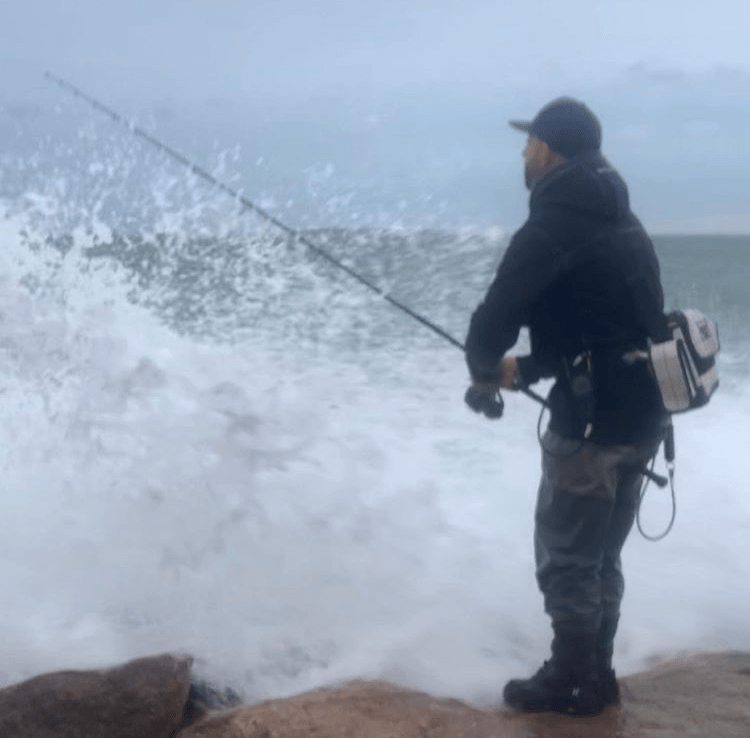

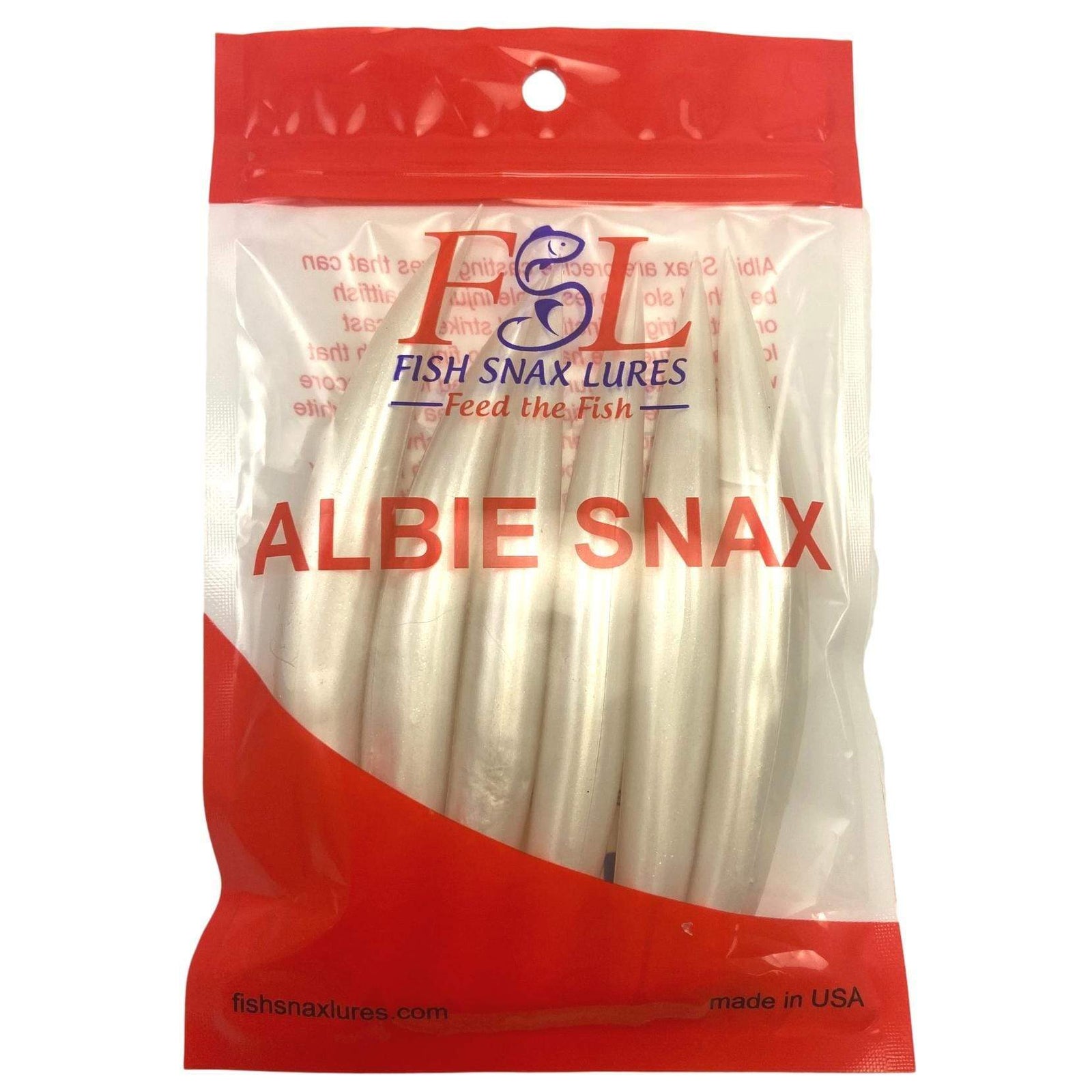

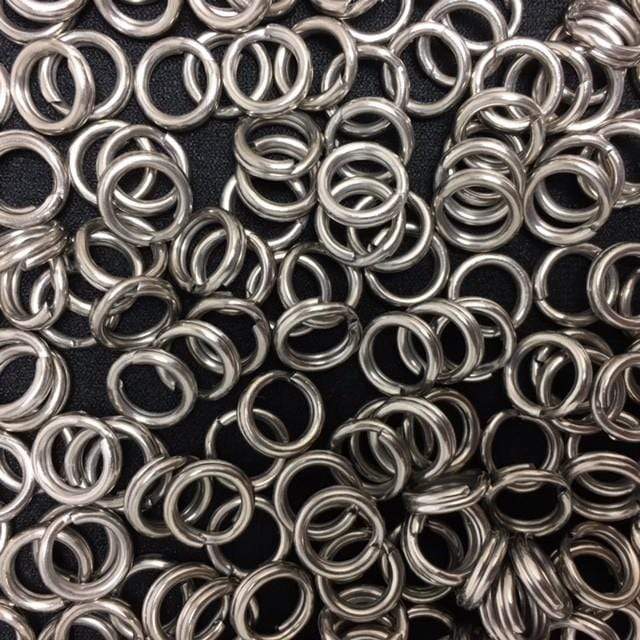
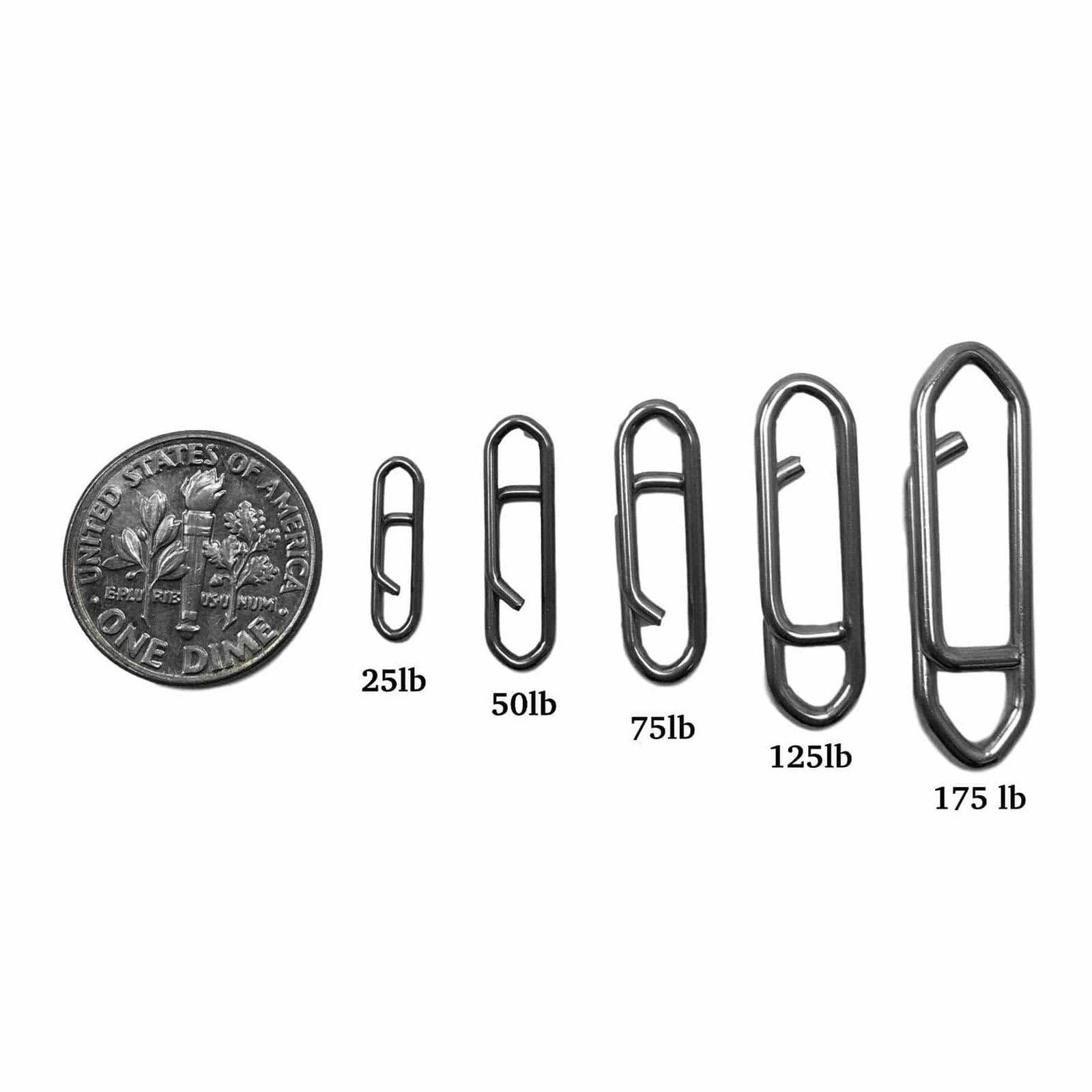

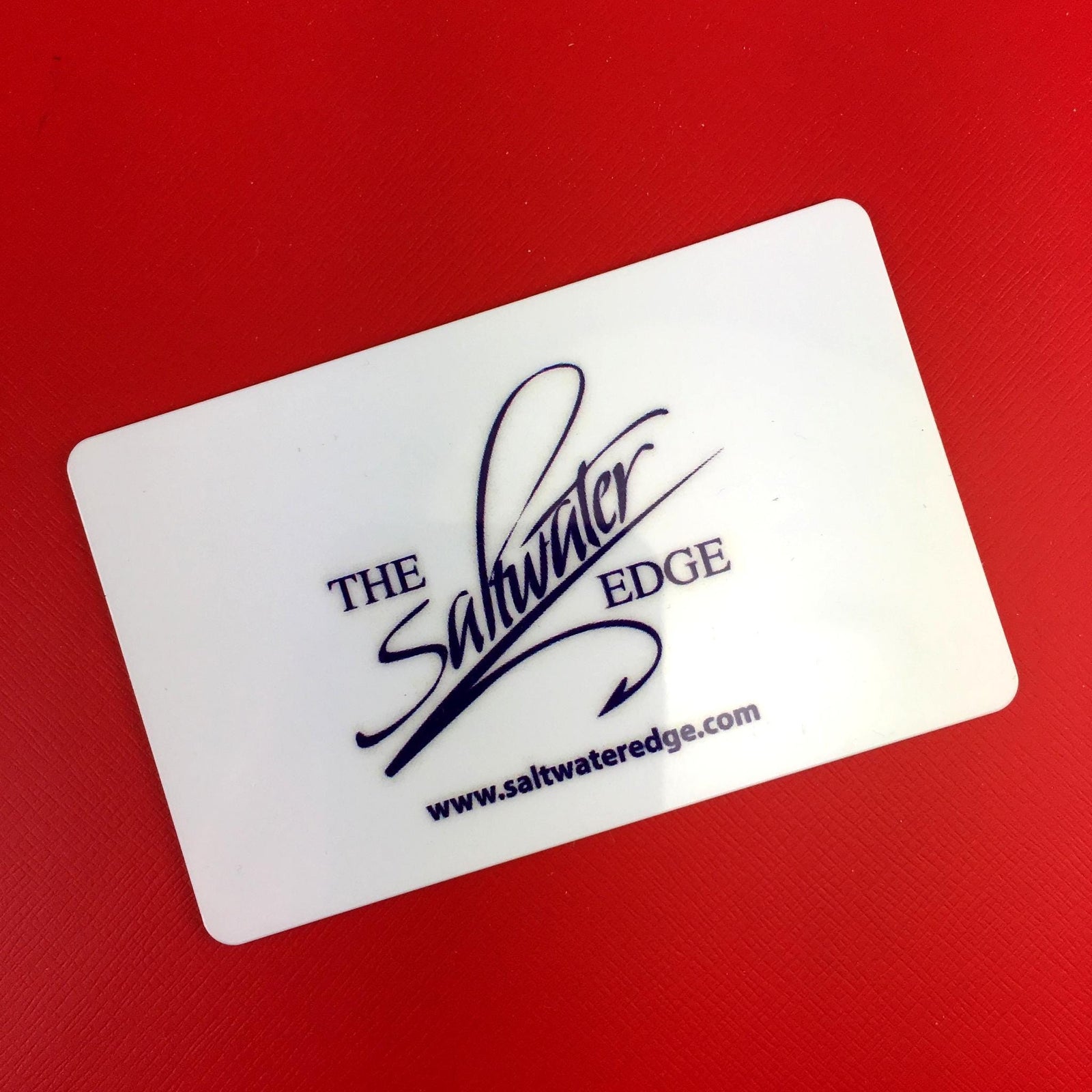


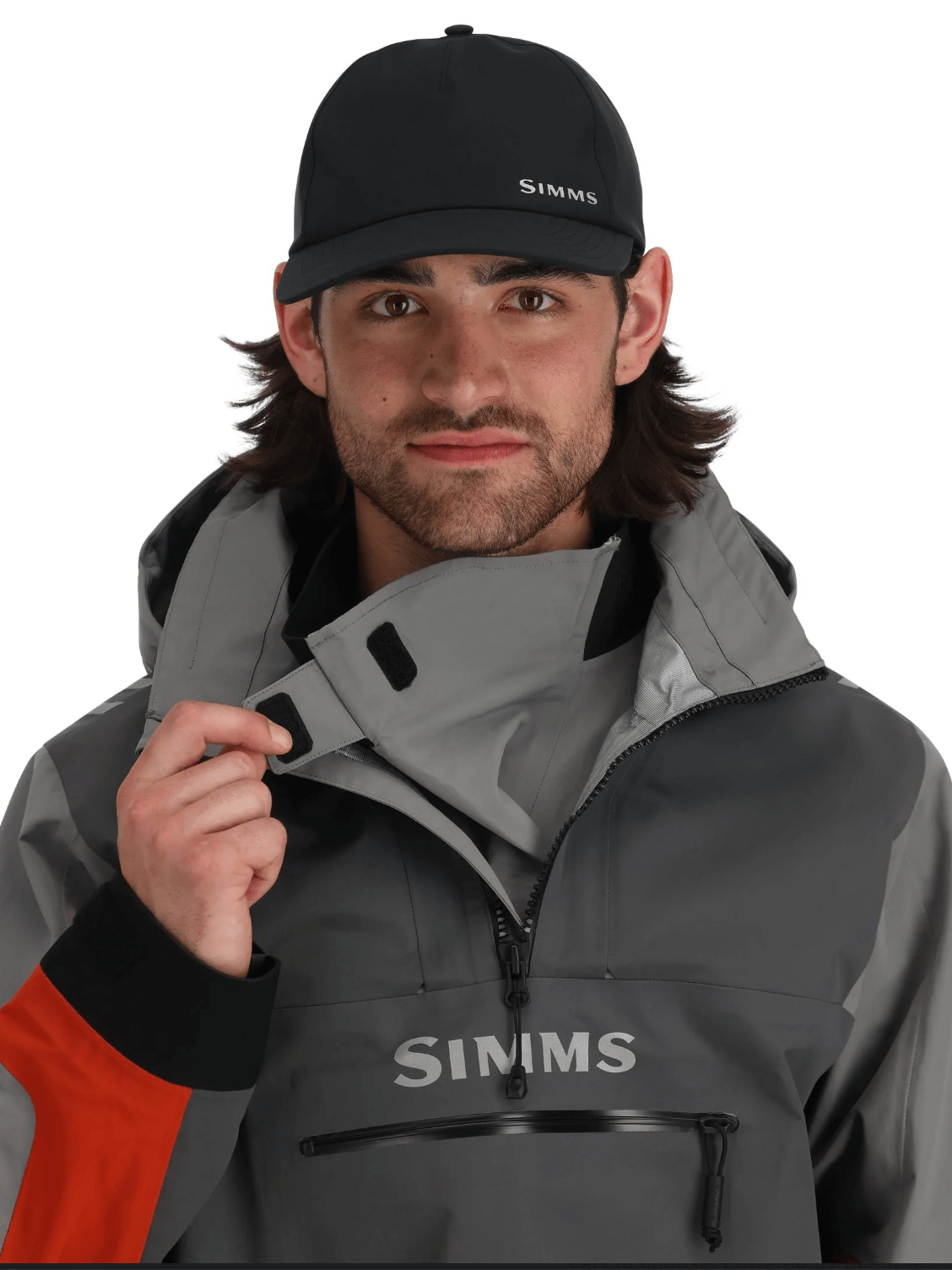

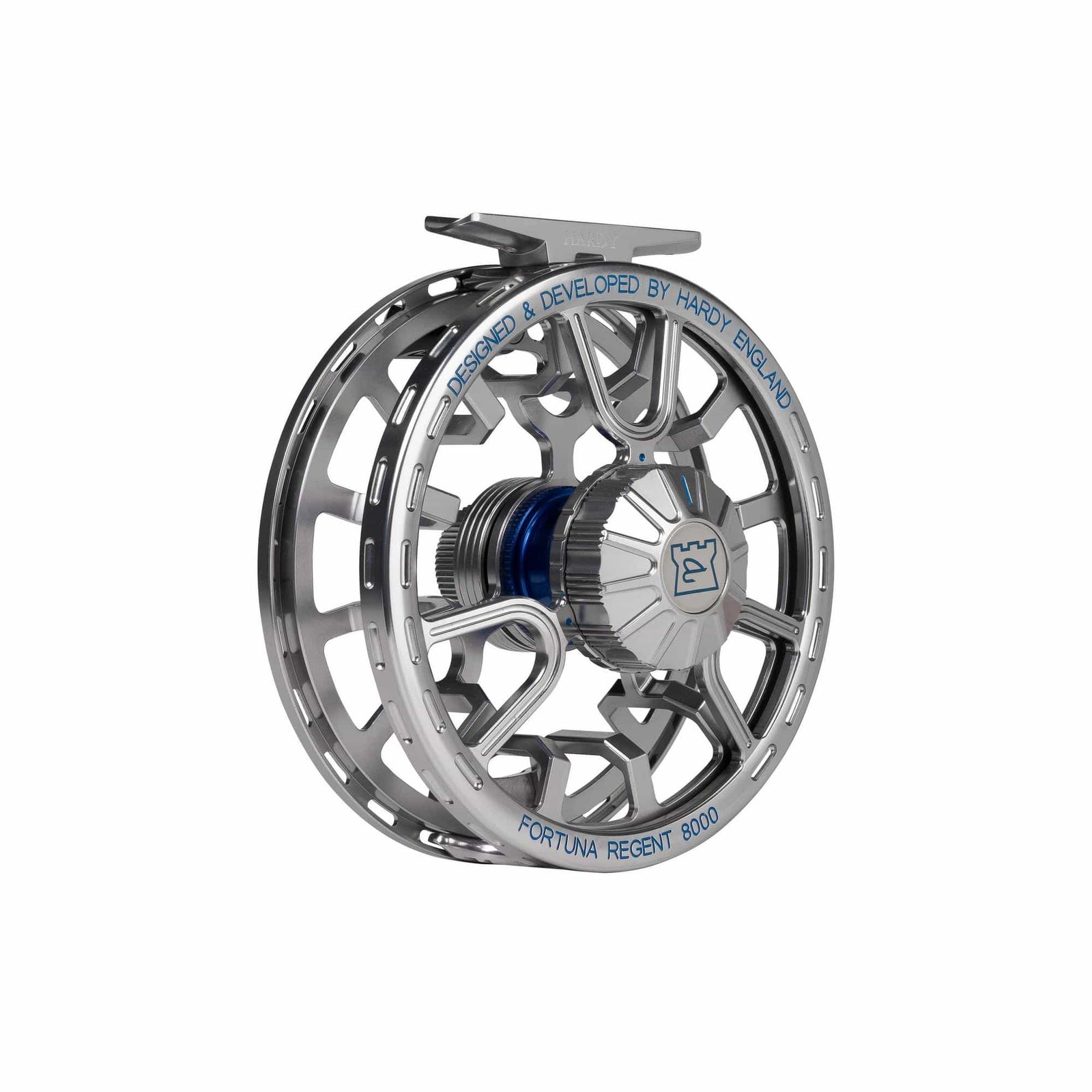
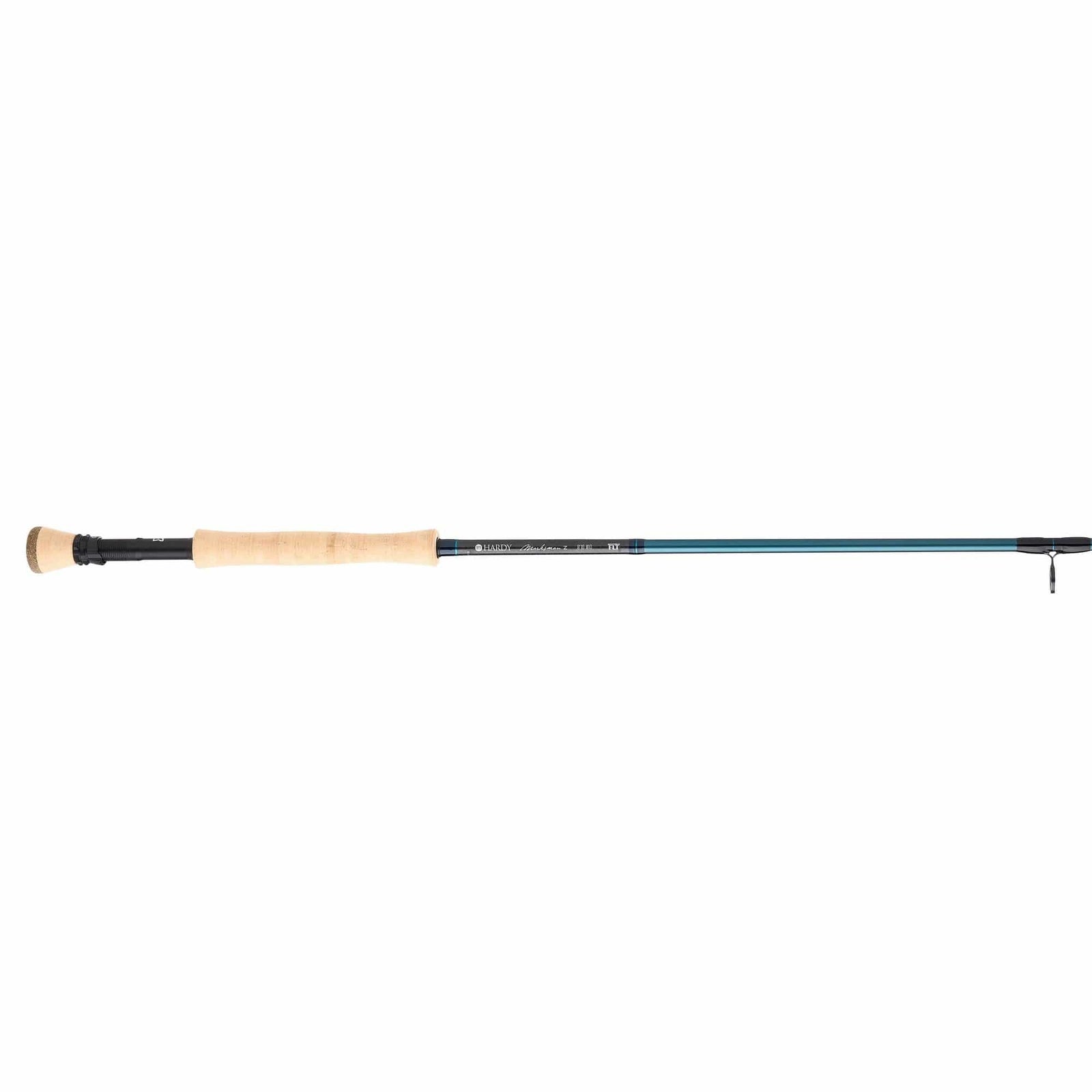

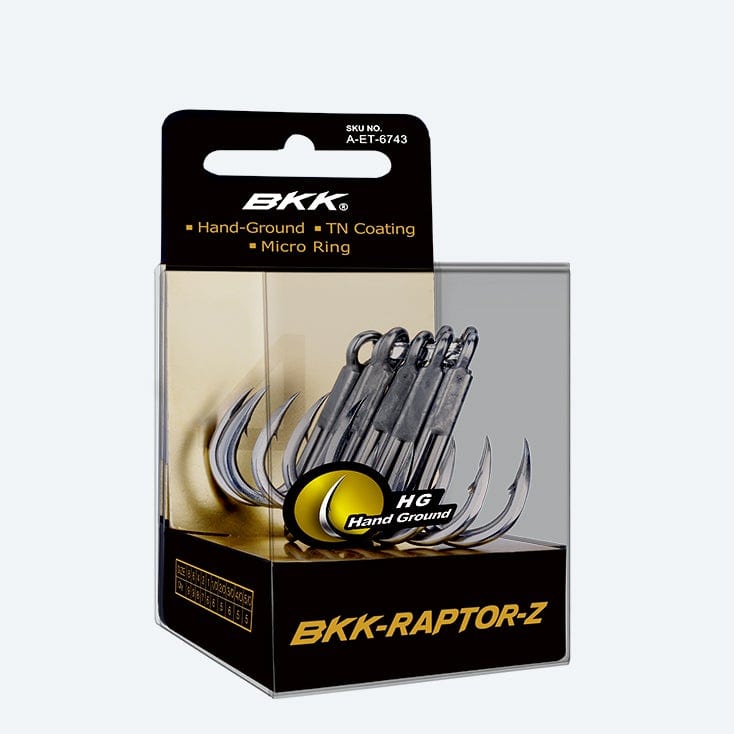




Leave a comment (all fields required)